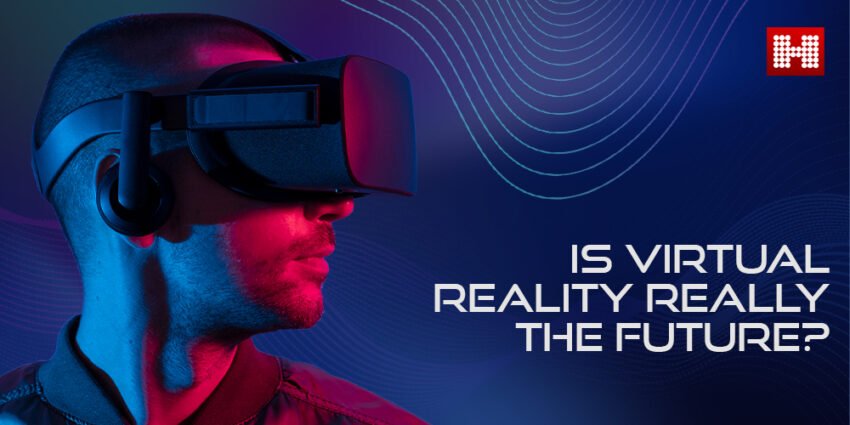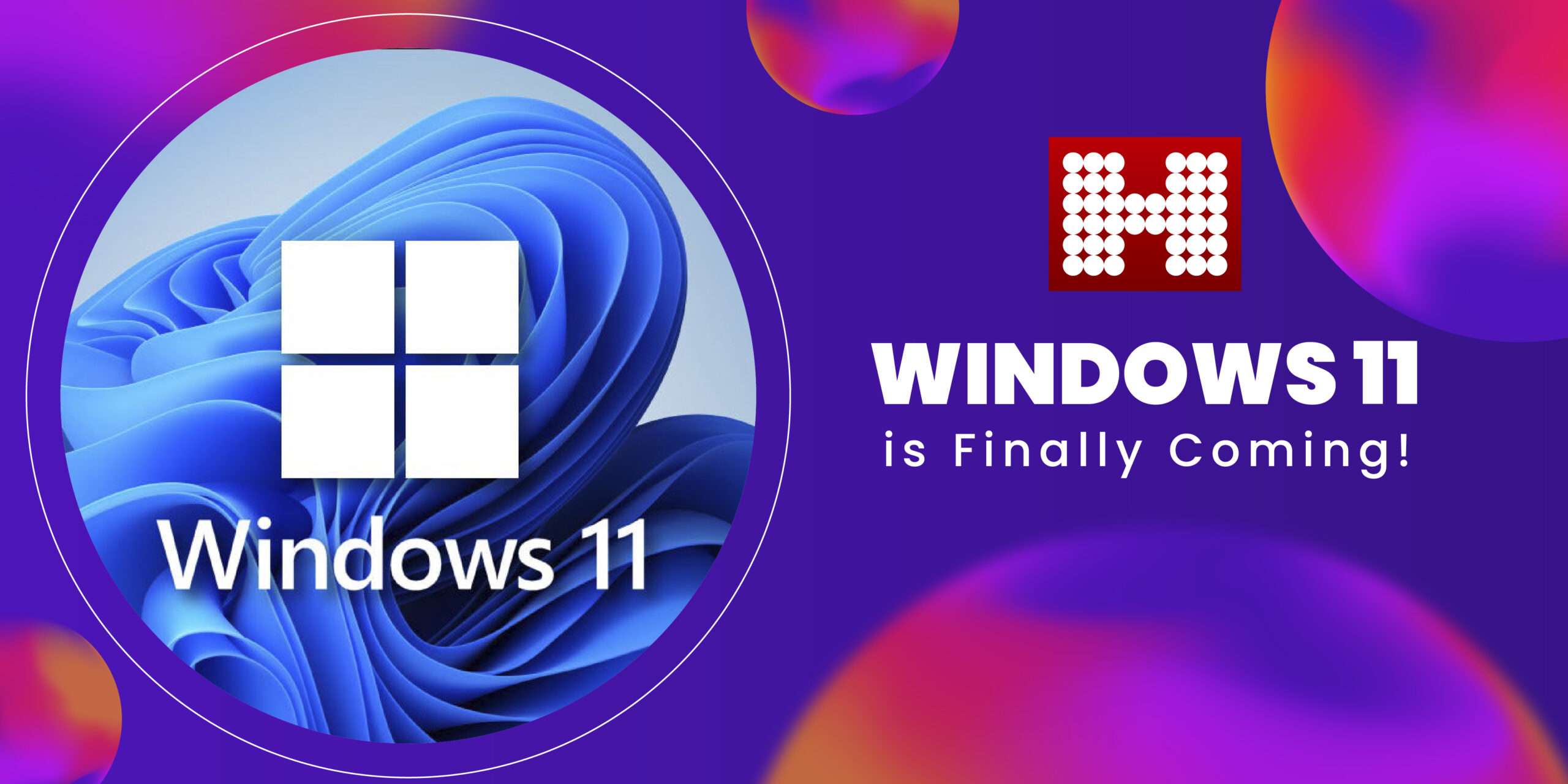
Many people today know that virtual reality was invented in the 1960s. It was practically introduced in 1968 when American scientist Ivan Sutherland and his student Bob Sproull invented the first VR headset. The term “Virtual Reality” itself came into being in 1989, coined by Jaron Lanier with its first practical application. But do you know that the evidence of such a phenomenon dates as far back as the late-1830s? Though not in technological terms, the idea had been there!
The initial idea is considered to debut when Sir Charles Wheatstone described stereopsis in 1838 and was first brought to the public eye via a fictional model featured in a short science fiction story, Pygmalion’s Spectacles, by Stanley Weinbaum in 1935. And then began its journey from fiction to what we know today, the ‘real’ virtual reality!
What is Virtual Reality Today?
Now, what is the modern definition of Virtual Reality (VR)? VR basically is the use of computer technology for creating a simulated three-dimensional (3-D) environment. In simple words, VR gives the user an immersive experience by ‘taking’ them in an artificial computer-generated environment that stimulates reality through the use of interactive devices. These devices can send and receive information and can be used as gloves, goggles, bodysuits, or headsets.
A VR headset is probably the most commonly used VR device with many notable companies introducing them. Some well-known headsets include Samsung Gear VR, Oculus Rift, HTC Vive, Google Cardboard, and Google Daydream View.
VR has shifted into a full-fledged technology over the decades with potential applications in several different fields. But the question is: is virtual reality the future? Well, we will try to find out its answer in this article!
Applications of Virtual Reality
What comes to mind first when you think of virtual reality? I bet it’s gaming! Of course, VR is, most of the time, associated with gaming and such entertainment, and the credit for this goes to some awesome VR games. But considering the significant evolution of VR over the last few years with both the software and hardware enhancements, its use in other fields is not a far-fetched idea now. Although VR has great potential in the gaming industry, it has now started to make an obvious impact on other areas, including education, defense training, and our social lives.
Let’s have a look at some significant applications of VR.
1. Education
Virtual reality has made its way into education, and now, many startups and established businesses are offering packaged services and experiences to schools. One such instance is that of Engage platform app, which is used by platforms like Facebook, the European Commission, and HTC for aiding remote learning.
Similarly, a recent study suggested that the medical students trained with VR can perform some procedures more precisely and quickly compared to their counterparts trained via conventional methods. Medical students can be trained to perform surgeries in the VR world to develop essential skills for performing in the real world. Such studies give an insight into its mainstream emergence as a technology of the future!
2. Healthcare
Healthcare is another important sector that can be conquered by virtual reality in the future. Professionals can now train in the VR world with virtual models before they work on real bodies. Research has been carried out to explore the potential of virtual reality in pain management and has reported that VR can be helpful in pain relief for burn injuries. Virtual reality also has a great application in mental healthcare and has been used for the treatment of PTSD, phobias, anxiety, and depression.
3. Defense and Law Enforcement
Today’s world has highlighted the potential role of VR in defense training. The military in the US and the UK are now adopting it for training in flight simulations, battlefield simulations, medic training, vehicle simulation, and virtual boot camp, among other things.
Likewise, the police and law enforcement personnel can now train in the VR world via VR tools such as VirTra with auditory, visual, and physical stimuli.
4. Sports
Another interesting application of virtual reality is in the sports industry, where it is transforming the sports scenarios for coaches, players, and viewers. Coaches and players of a range of sports can utilize this technology for more efficient training. Also, by repeatedly watching and experiencing certain situations resulting in more improvement. Besides players, viewers can also make use of virtual reality to view a sports event with an enhanced experience. Some broadcasters are now live streaming live games in VR and are attempting to distribute virtual tickets of the live games so that anyone can enjoy any sports event from any part of the world.
5. Industry and Work
The current new normal era of the Covid-19 pandemic has prompted many businesses to shift to home and go online. In such a scenario, virtual reality can be an effective tool to foster cooperative activity and maintain a productive business environment. A Spatial’s tool, which is a VR version of Zoom, has witnessed an increase of 1,000% in its usage since March 2020.
Likewise, Ericsson provided its employees, working from home, with Oculus VR headsets for VR meetings during the pandemic. It is now talking about creating the “Internet of Senses”, which focuses on the development of projects involving the stimulation of touch, taste, smell, and sensation. With a prediction that we will enter a digital world by 2030 that will entirely seem real to all of our five senses at the same time. We will soon get to take care of our office tasks in a virtual world.
What hinders its adoption?
Although the promising applications of virtual reality in multiple fields make us believe that VR is the technology of the future. It still has a long way to go until it is fully accepted by the majority. Gamers may have an unforgettable experience with some cool-looking gadgets, but when we talk about the “technology of the future”, we need to look at it with a wider perspective. So, let’s consider some important factors that hinder the widespread adoption of virtual reality.
One of the foremost concerns that VR must overcome is health issues. According to a Science Focus report, VR headsets can strain your neck and eyes and cause nausea, dizziness, and headaches. Many people avoid using VR devices because of nausea. Motion sickness is induced due to the divergence between the movement of our body and the VR world. Also, being in the VR world only for 20 minutes can influence a person’s sense of depth in the real world.
Hardware and Technical Glitches
Besides health issues, many people complain about the cumbersome hardware and technical glitches. They need extra space for setting up and using VR devices. Also, which may be impossible for the gaming zones but is definitely an issue for common households. Therefore, its widespread and easy adoption by common people is very much contingent on its simplified navigation without which. Its easy acceptance by the masses is somewhat difficult. Furthermore, there is a need for improvement in the virtual interfaces to prevent the flaws like chipping. So, which makes certain solid objects seem as if you can pass through them.
Another major factor that hinders the mass adoption of virtual reality is the price of VR headsets and devices. Of course, if these devices will cost a lot, not many people will afford them. In that case, virtual reality will never get the future that it deserves. People will keep on relying on their current functional conventional devices.
How are companies trying to cope with the VR adoption problems?
Technology companies are trying to cope with the issues such as nausea. Also, high price, technical glitches, and underdeveloped ecosystems that hinder the mass adoption of virtual reality. The big technology companies are already trying to develop such handsets that do not require cables. So, that can give an HD view to the images in the VR world. For that, VR headsets with more powerful processors are being developed that can show the view in 8K.
For developing a stronger ecosystem, companies are progressively using Artificial Intelligence and cloud technologies. Furthermore, the arrival of 5G, which is being considered crucial in VR evolution. Ican help cope with the latency, motion sickness, and nausea issues. The 5G standard will permit more users and devices to connect. Additionally, its undetectable latency will allow the users to receive images in the real world.
Final Verdict: What the Future Holds?
Over time, virtual reality has come very far from its initial idea. Now, it is no longer fiction but a full-fledged reality. With all the potential uses of this technology in a number of fields and industries. Also, one might think that VR is slowly conquering the future. But, even though virtual reality seems successful. It still has to come a long way before it is actually adopted as a technology of the future.
There are still many factors that are hindering the mass adoption of VR. If the issues related to the cost, health, environment, and practical usage remain, the future of virtual reality will remain bleak. Many companies are working to address these issues by developing and integrating more technologies into VR.
In my opinion, VR can be able to become the future only if it is able to overcome the issues related to its adoption by the common folks.
Hashe is one of the leading software companies in Pakistan, which aims to provide top-notch software, mobile app, and web development. For more information about what we do and how we do and for top-notch IT consultancy, contact Hashe Computer Solutions!
Keep following us for more tech news! Check out our Social Media Pages
Was this helpful?
Last Modified: June 4, 2025 at 11:57 am
406 views















